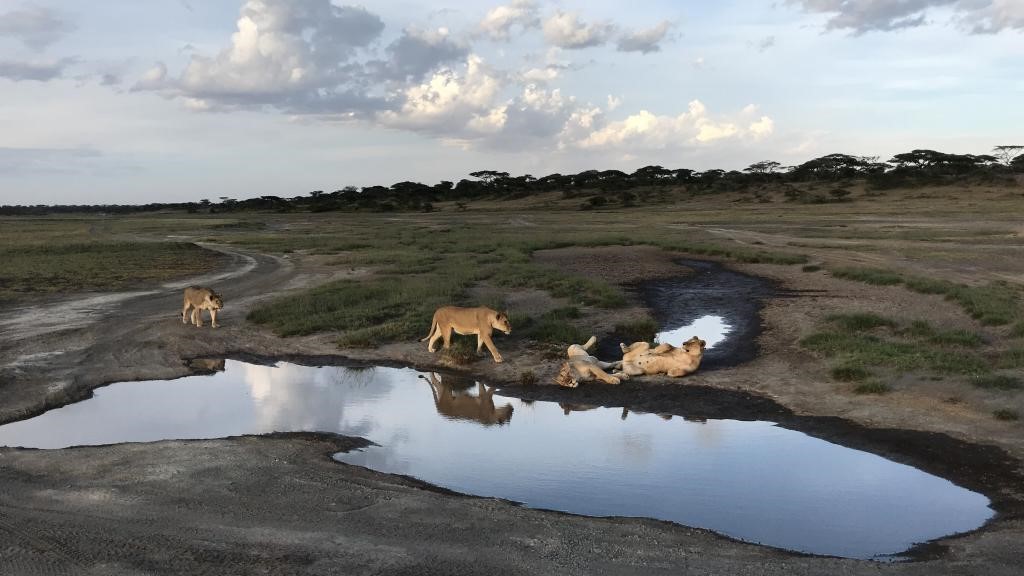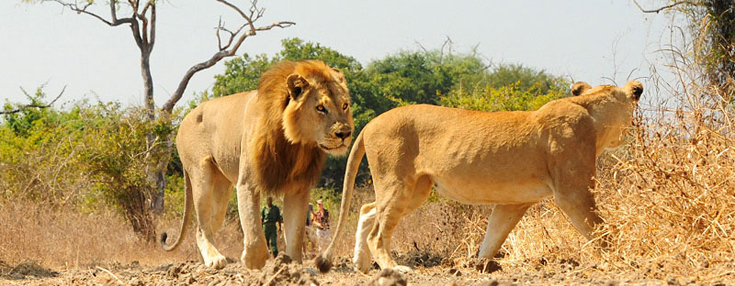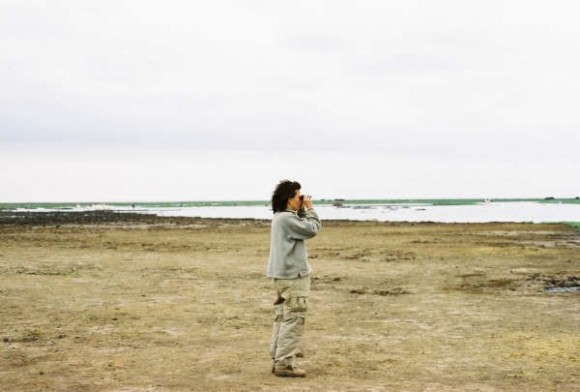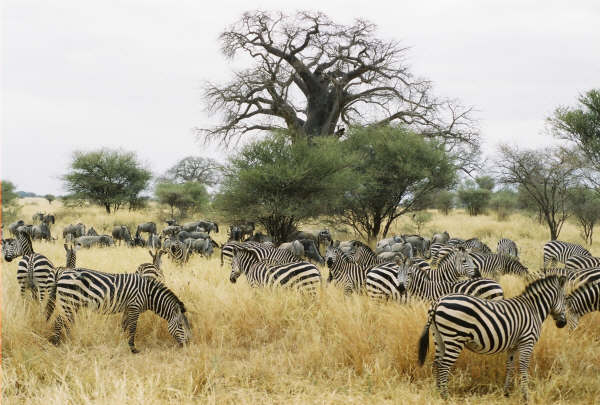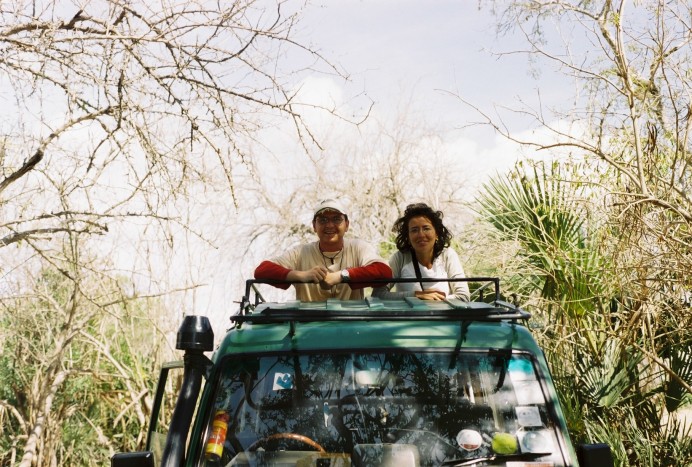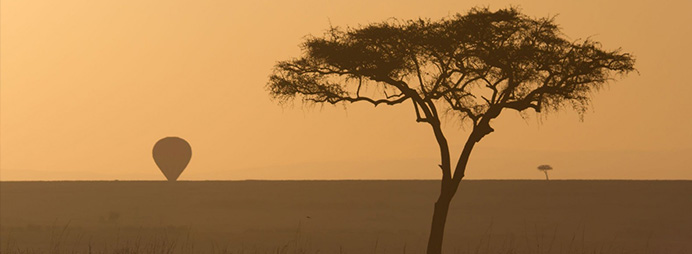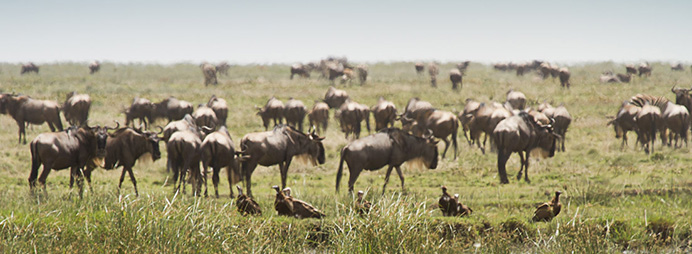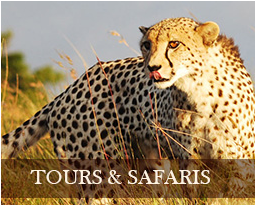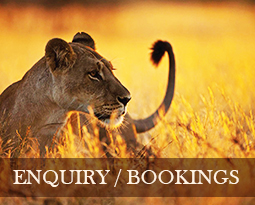Arusha National Park
Arusha National Park is among of the smallest park, covering only 137 square kilometers, It is situated a short distance from Arusha town, making it easy to visit on a day or half day adventure. The park has several completely different micro-habitats within its confines, from a soda lake which outfit large number of flamingo to dense forest habitat for black and white colobus monkey, Plain (or small Serengeti), a crater and Mount Meru.
Kilimanjaro National park.
Kilimanjaro is the highest mountain in Africa, (the roof of Africa) located in Northeast Tanzania. Kilimanjaro is an extinct volcano, and is one of the most massive in the world.
The name Kilimanjaro comes from the Chagga phrase ‘Kilema Kyaro’. meaning ‘that which cannot be conquered’, German explorers spelt the name of the mountain as Kilimascharo, a name that was later spelt as Kilimanjaro by Swahili speaking people.
Kilimanjaro’s 19,340ft (5895m) make it Africa’s greatest landmark, visible for more than one hundred miles, often the inverted bowl of its snow-capped summit appears quite unreal against the blue sky, and the dark rain forest on its slopes. The mountain provide refuge for thousand of animals such as buffalos, Zebra, Elephants, Leopard, black and white Colobus monkey and all the smaller varieties that prefer dense forest. The mountain is a source of fresh water for both human and wildlife.
There are several routes that you can take to the summit
Rongai Route: challenging trail that may only be used for ascending the mountain with the Marangu route as the descent path.
- Shira Route: A very scenic choice for a Kilimanjaro climb.
- Umbwe Route: One of the hardest routes when you climb Mount Kilimanjaro.
- Mweka Route: Used to descend the mountain because it is steep and direct.
- Lemosho Glades Route: This is very good route for acclimatization.
- Marangu Route: Called Coca Cola routes (easiest routes) huts for accommodations. Machame Route: It’s a tougher route, accommodation is in the tents.
Kilimanjaro is a free standing mountain which does not require technical skill to climb to the summit. See our customized itineraries
Tarangire National Park
Tarangire National Park is one of the famous Parks in northern Tanzania. It is the home to an astonishing diversity and concentration of Elephants. From the magnificent savannah landscapes (for which the park is justly famous) to the vast number of Baobabs that is the habitat for diverse species of birds and bats. The Park’s boundaries were recently re-surveyed and gave a new size of 2850km2 from the previous 2,600km2, the park was officially declared in 1970. Tarangire derives its name from Tarangire River that flows through the center of the Park from the Southern side towards Northwest end in lake Burungi. Tarangire National Park is part of the larger Tarangire-Manyara Ecosystem covering a total area of about 35,000 km2. Tarangire National Park is located in an arid geographical belt that supports growth of a wooded savannah that is dominated by Acacia, Terminalia, Combretum and commiphora species .The most remarkable vegetation types in the area include; riverine woodlands, Acacia tortilis park land, wetlands and seasonal flood plains, acacia-commiphora woodlands, riverine grasslands, combretum-dalbergia woodlands, acacia drepanolobium woodlands, rocky hilltop (kopjes) vegetation, deep gully vegetation and grasslands with scattered Baobab trees.
The Park serves as a dry season refuge for a majority of diverse migratory Wildlife in the Tarangire- Maasai Steppe ecosystem. The park has about more than 550 Bird species. Particularly rich bird life occurs in the open Acacia woodlands, in and along the wetland (Silale Swamp), and in the flood plains of the Tarangire River.
Manyara National Park
Lake Manyara National Park is an attractive and amazingly diverse park for its size of 325 square kilometers (125 square miles). The park has most dramatically located wildlife areas; the portion of the Park is situated between the shallow soda lake, acacia woodland, and the Great Rift Valley escarpment. The park is small but incredibly diverse park for travelers who are short of time.
Major Park Attractions
Large flocks of flamingos
Known for its Tree-climbing lions
Birding paradise for than 400 bird species
large concentrations of baboons troops, Giraffe and Elephants herds
Underground water forest
Ngorongoro Conservation Area
This is the second category of Tanzania protected areas where people (Maasai) and wild animals co-exist together with harmony. A large permanent concentration of wild animals can be found in the huge and perfect crater of Ngorongoro. The crater is the largest sunk ancient caldera in the world. Estimated three million years old, the once-volcanic Ngorongoro is now considered “Africa’s eighty wonders”. The Crater floor is a natural safe haven for thousands of animals such as wildebeest, more than two pride of lion, zebra, elephants, rhinos, Thomson gazelles and African buffalo, and many species of birds.
Major Park Attractions
Large number of Non- migratory animals
The famous Caldera or “the garden of Eden”
Place were Rhino can easily be found
Amazing Maasai people share the same area with wild animals
Present of Olduvai were the origin of man was found
Large number of lion pride compare to the area
Olduvai Gorge
Olduvai Gorge is an archaeological site located in the eastern Serengeti Plains, which is in northern Tanzania within the Ngorongoro Conservation area authority. The gorge is a very steep sided ravine roughly 30 (48km) miles long and 295 ft (90Meters) deep. According to the paleoanthropologist, the deposits show rich fossil fauna cover a time span from about 2,100,000 to 15,000 years ago.
Major Site Attractions
Constant search for an answer to where we came from and what we are, culturally and biologically.
Appropriate education for a future in a shrinking, multicultural world.
Better understanding of our evolutionary history ensures our future success and well-being.
An archaeologist, Dr Louis Leakey, uncovered some of the earliest remains of fossil hominids at Olduvai in the early twentieth century. The name Olduvai originated from a European misspelling of Oldupai, the correct Maasai word for this region of great historical importance – named after the wild sisal plants growing in abundance in the gorge.
Serengeti National Park
One of the world’s wildlife conservation areas, Serengeti National Park is a major highlight of Tanzania safaris. It’s a World Heritage Site situated northern Tanzania, with the total area of 14,763 sq km in area. The park’s name, Serengeti, means “endless plains” and is derived from the Maasai language.
The terrain of the park varies from the short and long grass, open plains in the south, the acacia savanna in the central area, the hilly, more densely wooded northern section, and the extensive woodland and black clay plains, dominated by the central ranges of mountains in the western corridor. The plains are dotted with rocky outcrops known as “kopjes”, and there are several rivers running through the park, notably the Seronera river in the central area, the Grumeti river in the Western corridor and the Mara river in the north.
The birds of the Serengeti are just as spectacular and varied as the animals- there are several types of eagles and vultures, ostrich, secretary birds, kori bustards, hornbills, guinea fowl as well as a host of smaller birds. There have been almost 500 species of birds recorded in the park, including several that migrate from Europe and Asia in the winter months.
The area is vast, and the migratory and weather patterns mean that many of the animals are constantly on the move. What you will see on any given trip depends on the season, the weather, on the skill of your driver/ guide and most of all, on luck.
Mkomazi National Park
Located in North Eastern Tanzania, Mkomazi National Park is bordered by Tsavo West National Park in Kenya to the north-east and by the Pare Mountains to the south-west. The park lies at the southern edge of great arc of Sahel region, between the Sahara to the north and a more humid zone (Sudan) to the south.
The 3,701km2 Mkomazi Park is predominantly dry and vegetated mostly by savanna vegetation. The nature is dry open savanna dominated by Acacia-Commiphora vegetation which is ideal habitat for elephant, African buffalo, lion, leopard, lesser kudu, fringe-eared Oryx aardwolf and gerenuk. In addition, the park is a refuge for two highly endangered species, the captivating black rhino and African wild dog, both of which were successfully reintroduced in the 1990s. Just over 390 species of birds have been recorded in Mkomazi, making it an ideal destination for birdwatchers. It was recently in 2007 that Mkomazi was upgraded as a national park.
